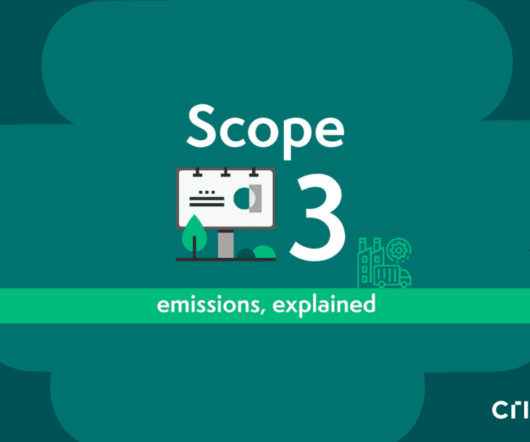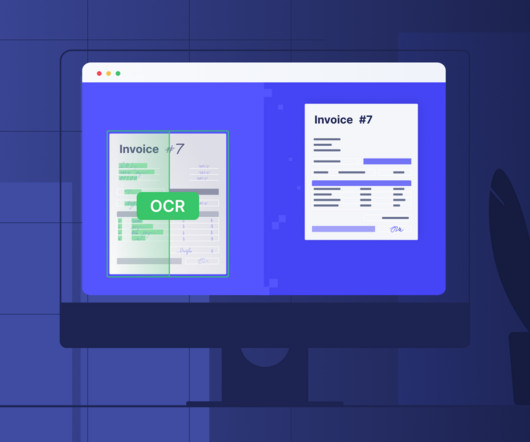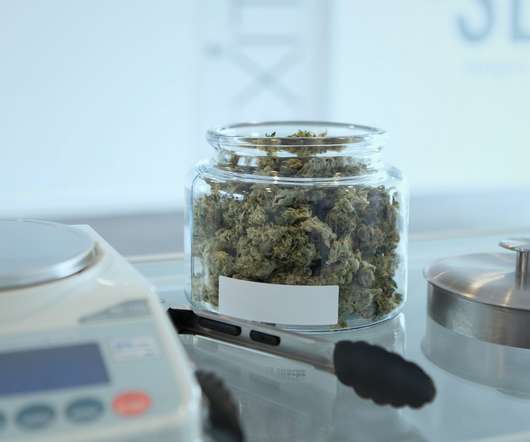Scope 3 emissions, Explained
crisp
SEPTEMBER 6, 2023
1: Purchased goods and services Category 1 emissions are the “cradle to gate” emissions encompassing the lifecycle of the product’s materials up until its sale to the reporting company. Example: A tea company uses tea leaves as an ingredient in their product. Example: The tea company purchases a new truck and factory.
















Let's personalize your content